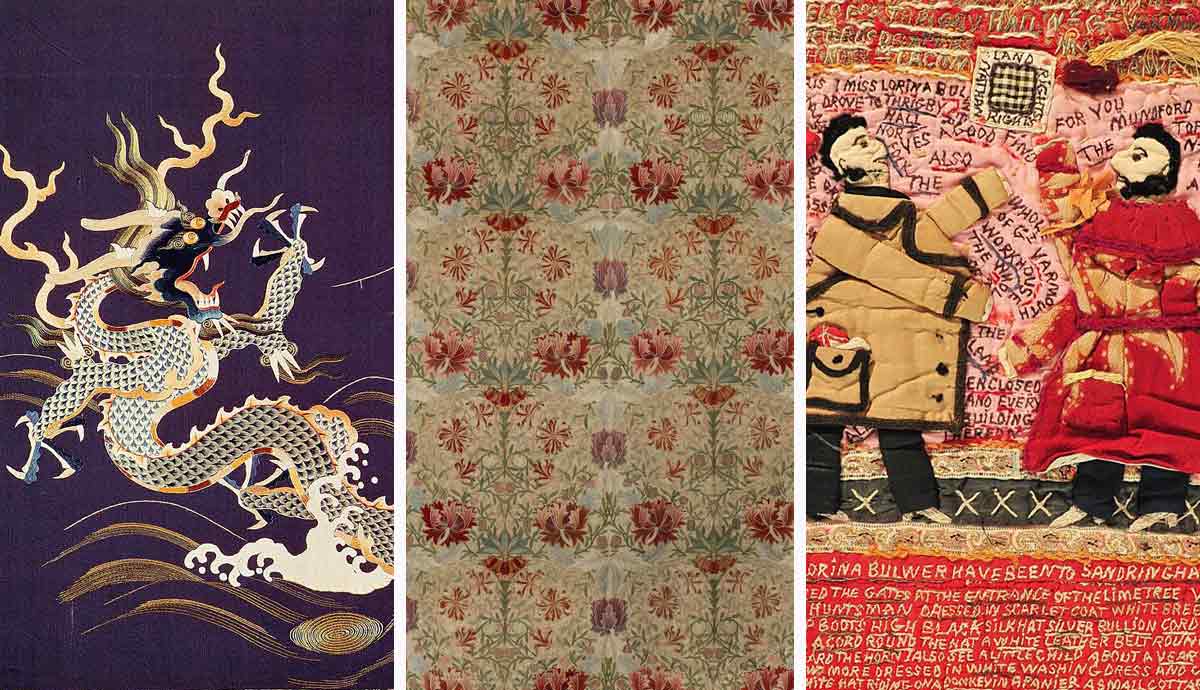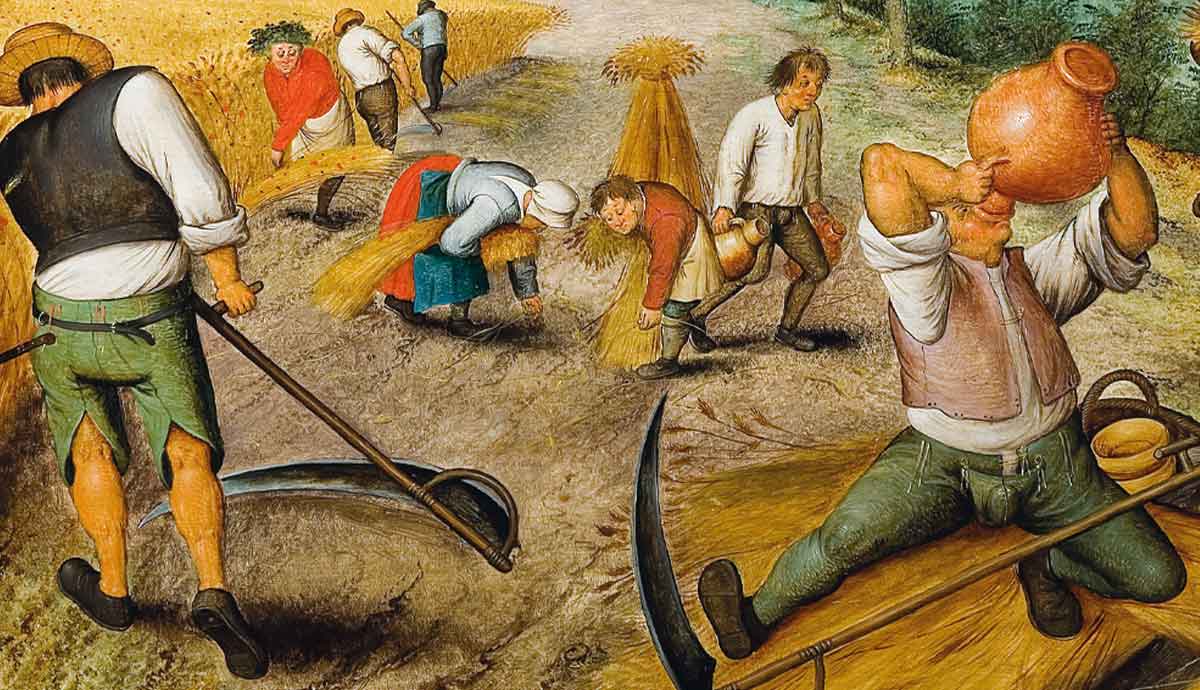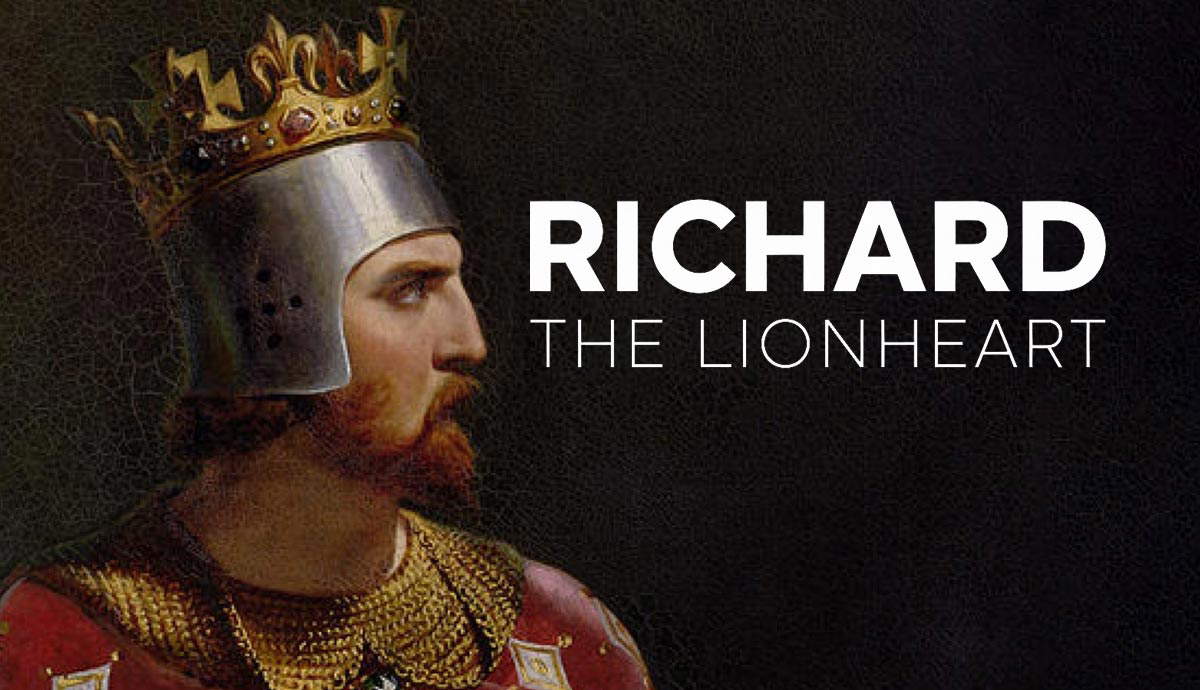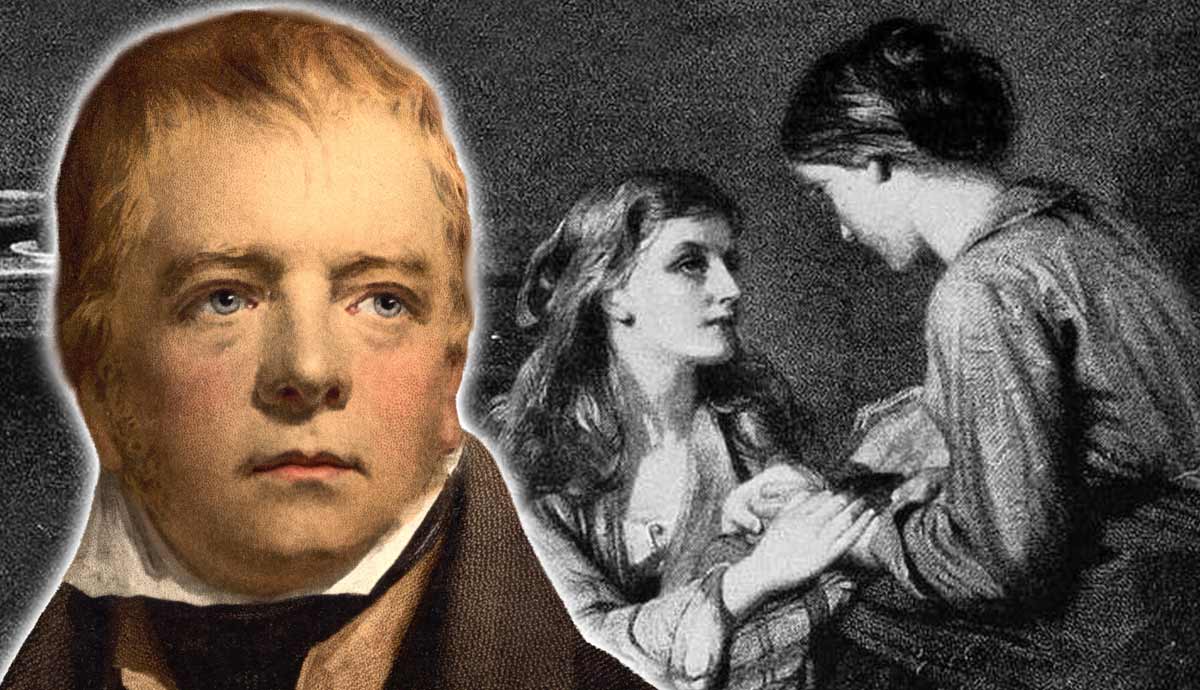
Though fiction writers had long drawn on historical sources and events for inspiration, the term ‘historical novel’ only began to be used in the decades following the publication of Scott’s major works. Although Scott did not invent writing about history, he did transform the practice by using real events and imagined characters to explore complex issues such as national identity, social change and cultural memory.
Reimagining the Past: Waverley (1814)

Waverley (1814) is often credited as the first true historical novel, though the term itself was not yet widely used. Set during the Jacobite uprising of 1745, it follows Edward Waverley, a young English officer whose loyalties shift as he becomes drawn into the Highland cause. Scott carefully blended historical detail (real events, settings and figures like Bonnie Prince Charlie) with fictional characters and dramatic invention. While the uprising and its consequences are grounded in fact, Waverley’s personal journey is imagined. This fusion of history and fiction created a new kind of narrative, one that made the past emotionally vivid and accessible to readers, and helped define the genre retrospectively.
Blending History with Storytelling: Ivanhoe (1819)

Ivanhoe (1819) marked a bold shift in Scott’s storytelling, moving from Scottish settings to medieval England and blending historical detail with romantic adventure. Set after the Norman Conquest, the novel features real figures like King Richard the Lionheart and Prince John, alongside fictional characters such as Wilfred of Ivanhoe and Rebecca. Scott drew on antiquarian sources to recreate the customs, conflicts and social divisions of the 12th century, while using fiction to explore timeless themes of justice, prejudice and reconciliation. The result was a vivid narrative that popularized medievalism and showed how history could be emotionally engaging and politically relevant.
Scott’s Role in Shaping Scottish Identity: Heart of Midlothian (1818)
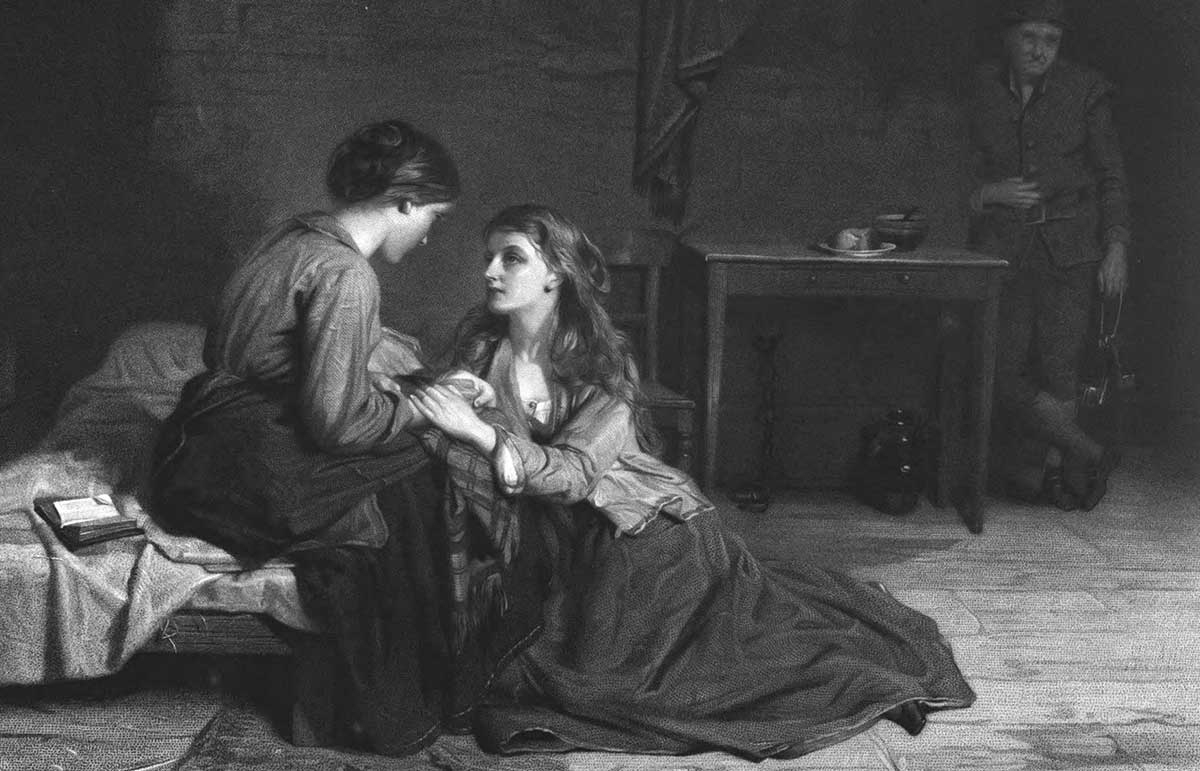
The Heart of Midlothian (1818) played a vital role in shaping Scottish identity through its portrayal of moral strength, religious conviction and civic justice. Set against the backdrop of the 1736 Porteous Riots in Edinburgh, the novel follows Jeanie Deans, a working-class Presbyterian who walks to London to seek a royal pardon for her sister. Scott drew on real legal records and folk accounts to ground the story in historical truth, while elevating Jeanie as a national heroine. By focusing on ordinary Scots rather than aristocratic figures, Scott celebrated the values of everyday life and helped define a cultural identity rooted in integrity, endurance and faith.
Diverse Voices: Old Mortality (1816)
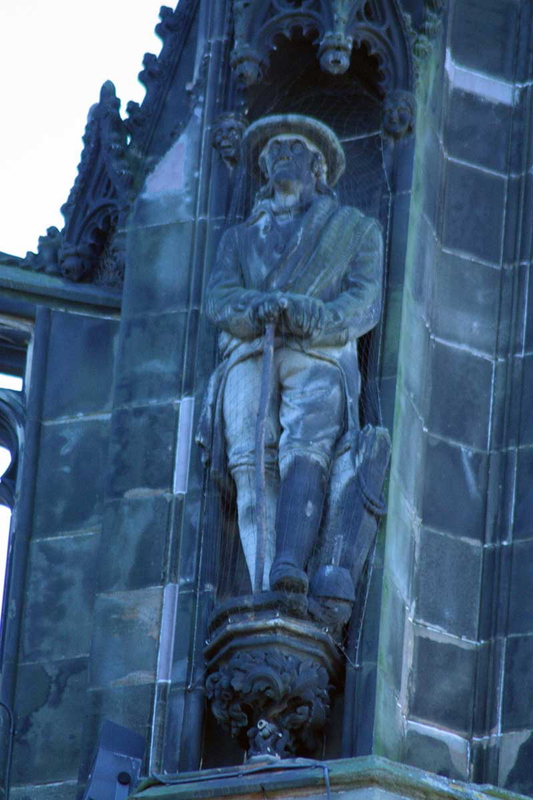
Old Mortality (1816) showcases Scott’s commitment to portraying historical conflict through a wide range of voices across gender and class. Set during the Covenanter rebellion of 1679, the novel follows Henry Morton, a moderate gentleman caught between radical rebels and royalist forces. Alongside him, Scott includes characters like Edith Bellenden, a principled royalist woman who risks her safety to save Morton, and her grandmother Lady Margaret, whose loyalty to the Crown reflects the fading aristocratic order.
The story also features Cuddie Headrigg, a loyal servant from the working class, and fanatical rebels like John Balfour of Burley. By weaving together perspectives from noblewomen, commoners and soldiers, Scott offers a complex portrait of civil strife and gives space to diverse experiences within history.
Changing How We Understand History: Rob Roy (1817)
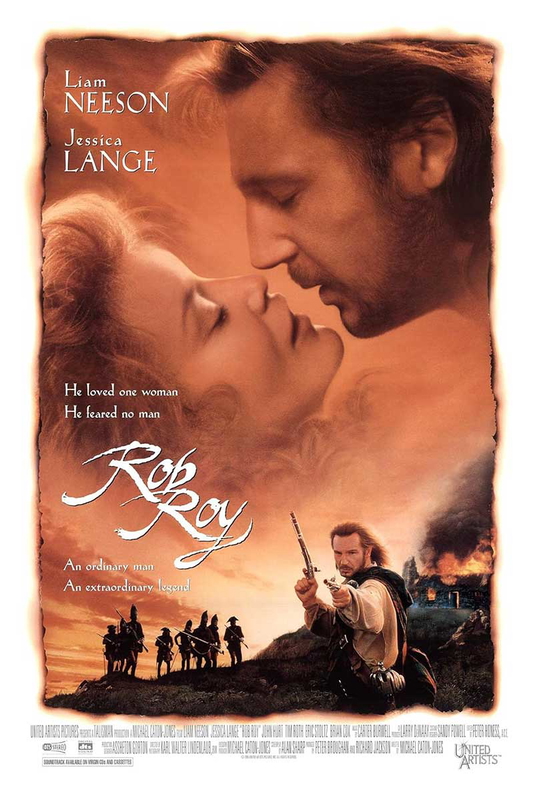
Rob Roy (1817) challenged traditional historical narratives by focusing less on kings and battles and more on personal experience and political tension. Set around the 1715 Jacobite uprising, the novel follows Frank Osbaldistone, an English merchant’s son whose journey into the Scottish Highlands reveals divided loyalties, clan justice and cultural conflict. Rob Roy MacGregor, a real historical figure, is reimagined as a morally complex outlaw who operates outside conventional authority. Scott blends fact with fiction, highlighting regional voices and questioning who controls history and whose stories are remembered. His approach reshaped how readers understood the past and its relevance to the present.
Scott’s Legacy: Tales of a Grandfather (1828- 1830)
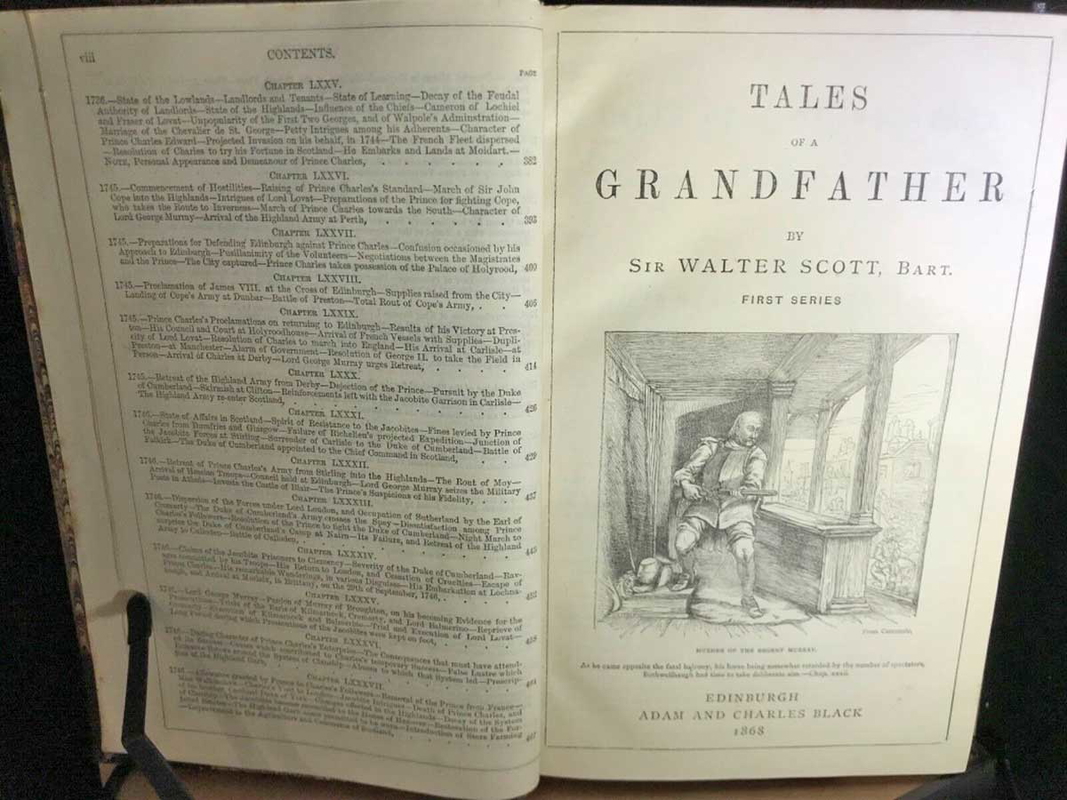
Tales of a Grandfather (1828–1830) reflects Scott’s lasting legacy as both a storyteller and educator. Originally written for his grandson, the series retells Scottish history from the reign of Macbeth to the aftermath of Culloden, blending accurate timelines with folk tales and vivid anecdotes. Scott’s aim was to make history accessible and engaging for younger readers, and the books were widely praised for their clarity, warmth and national pride. By including stories of kings, rebels and ordinary Scots, he helped shape public understanding of Scotland’s past and inspired future generations to see history not just as fact, but as living narrative.





